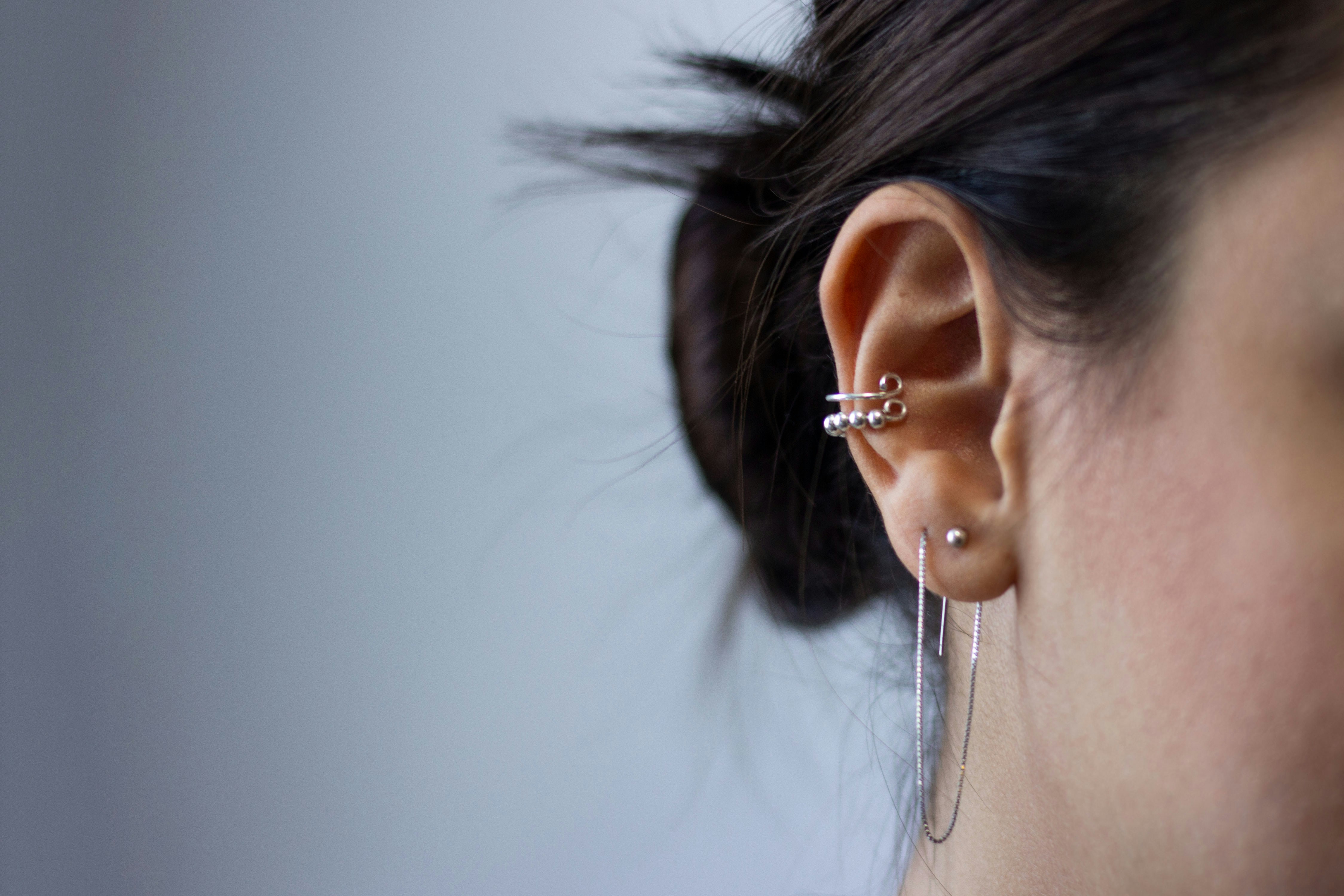News release
From:
Community assembly of the human piercing microbiome
Proceedings of the Royal Society B: Biological Sciences
Summary: How biological communities recover after environmental disturbance is relevant to both ecosystem and human health. We propose that human skin piercings can serve as a useful model by studying how skin microbiomes respond after local sterilization and the sudden introduction of a novel environment. Our study is the first to characterize the piercing microbiome and demonstrates that piercings are associated with ecological shifts that result in more diverse, complex, and deterministic communities. Piercings also cause significant changes in competitor dynamics by disequilibrating the two dominant and medically relevant species of bacteria. This uniquely human cultural practice represents an example of ecosystem self-engineering of the ecological landscape that is the human skin and could provide general insights into biological responses to rapid environmental change.
Multimedia




 International
International



